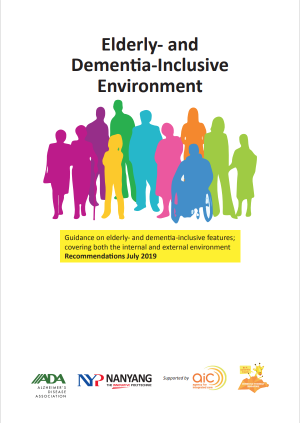
This book offers guidance to designing an elderly- and dementia-inclusive physical environment. It aims to offer a starting point for supportive, innovative and sustainable design; especially in the context of the Housing and Development Board (HDB) flat/ apartment where most Singaporeans reside in and in which most elderly and persons with dementia are living with their families.
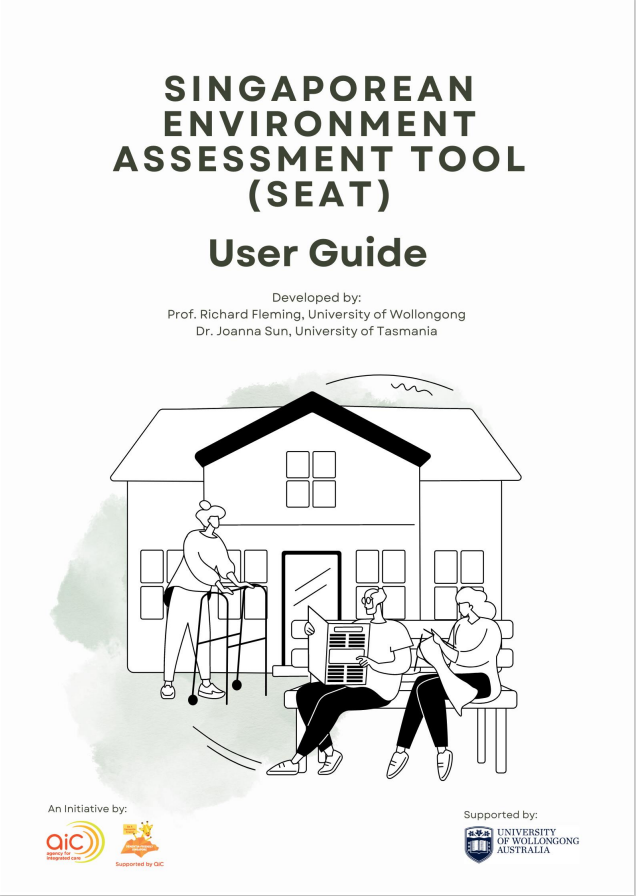
The purpose of this guide is to enable users of the SEAT to confidently and successfully complete an assessment of an environment used to accommodate persons living with dementia.
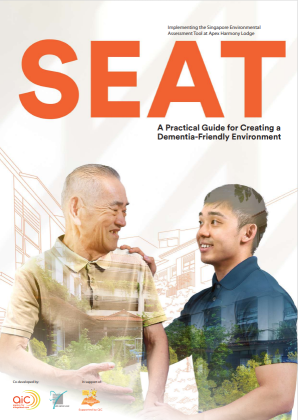
This guidebook provides insights on designing and implementing dementia-friendly environments using the SEAT. It highlights Apex Harmony Lodge’s application of the SEAT, with practical examples and case studies.
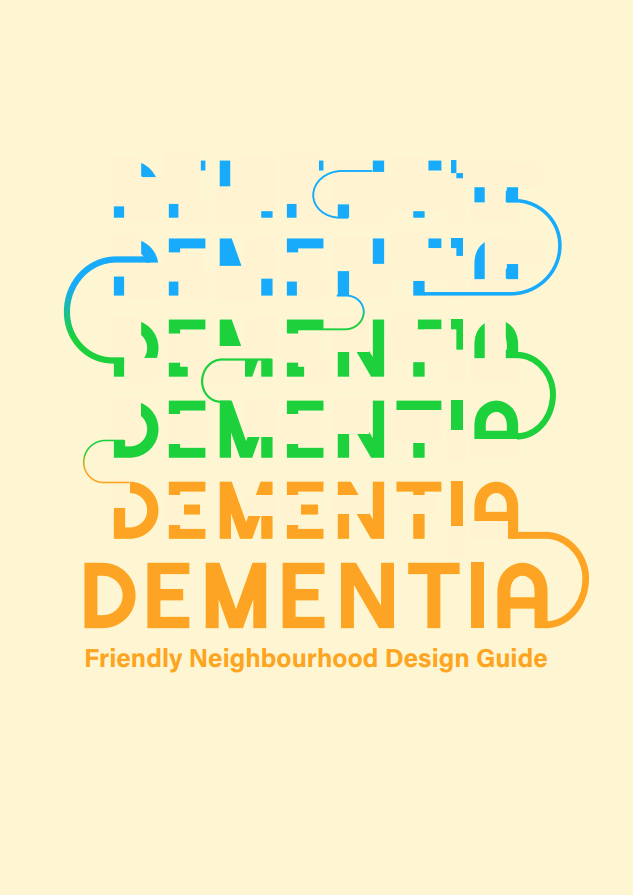
This guide builds on the AIC-CLC study, and is a consolidation of dementia-friendly principles, guidelines and tools across agencies and academic institutions.
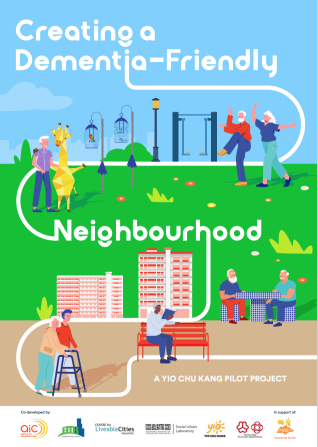
In collaboration with Centre for Liveable Cities (CLC) and the Singapore University of Technology and Design (SUTD), this report consolidates the learnings of the Dementia-Friendly Neighbourhood Study, and includes background on the dementia landscape in Singapore, the research process, key insights, and prototypes at Yio Chu Kang constituency.
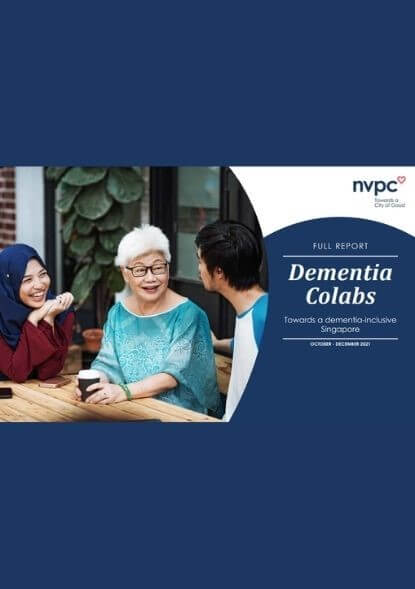 More from this series
More from this series
This report highlights the key points from Dementia Colabs discussions & ways to create a dementia-inclusive Singapore
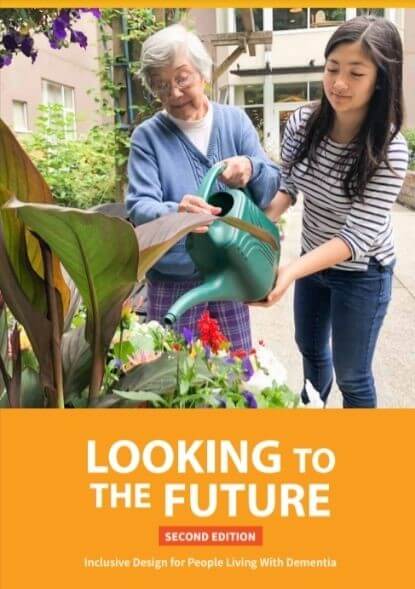
This guide serves as an update and expansion of the 2016 “Looking to the Future – Designing and Managing Residential Facilities for People with Dementia.” Through this guide, we aim to empower community care organisations on enhancing environment with retro-fits and minor adaptations such as choice of furniture to optimise the dementia-friendliness of the environment to enable and support the person living with dementia.
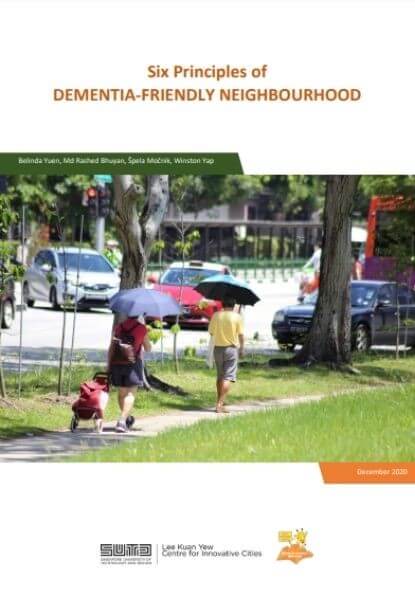
This document outlines some guiding principles and features that are useful for making outdoor spaces and environments more friendly and welcoming to people living with dementia in the community.
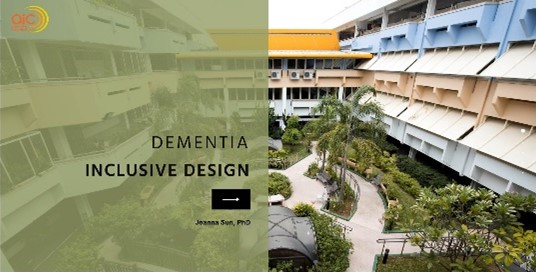
Learn more about the principles of dementia-inclusive design and the role of technology and culture.
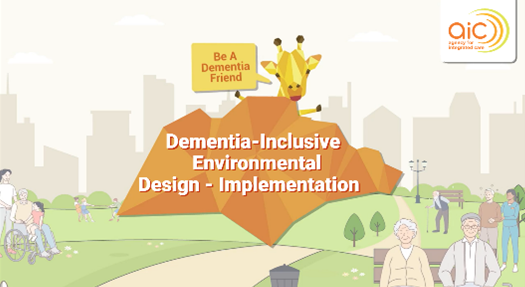
Using the SEAT to evaluate dementia-friendliness of an environment.
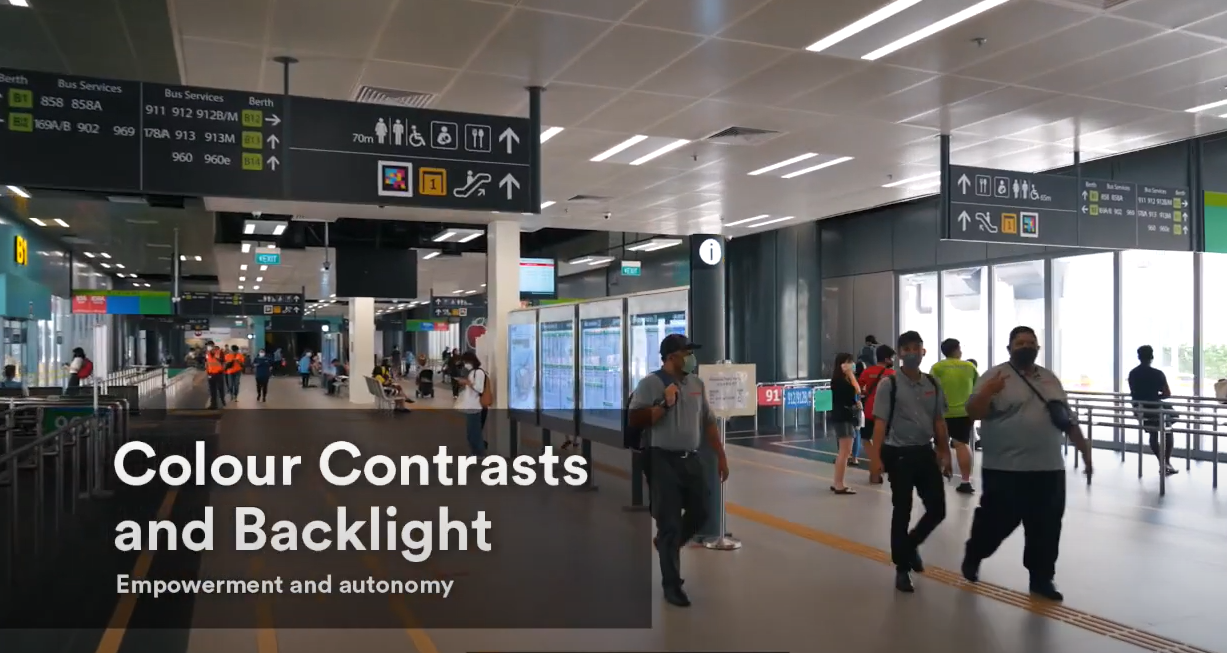
Understand how dementia impacts perception and interaction with the environment through the lens of someone with dementia.
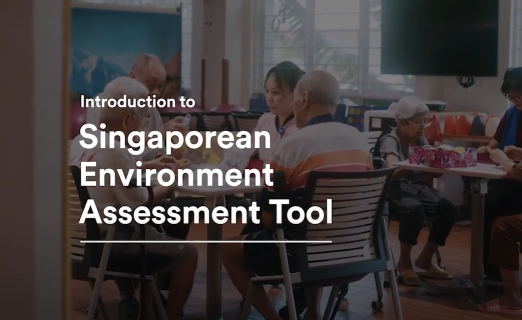
Introduction to the SEAT and its development.

Using the SEAT to help identify dementia-friendly design features in different spaces.
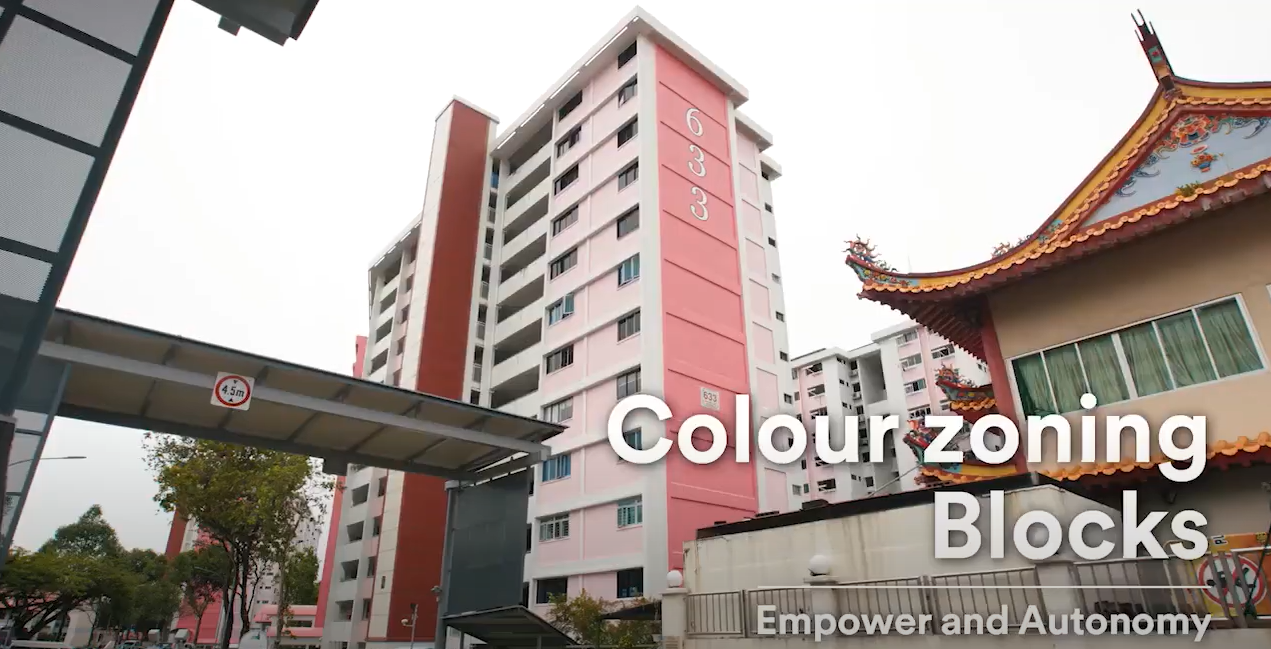
Making public spaces dementia-friendly through thoughtful design features.
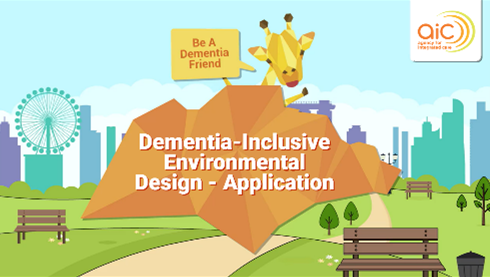
Designing dementia-inclusive environments in Singapore.
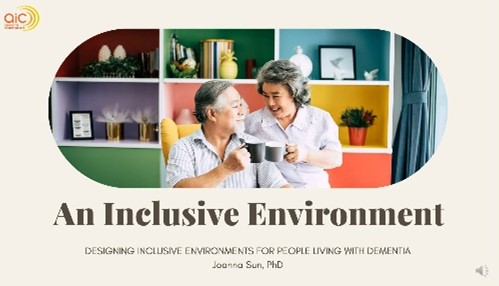
Introduction to dementia-friendly environmental design principles and the role that a positive environment can have on dementia care.
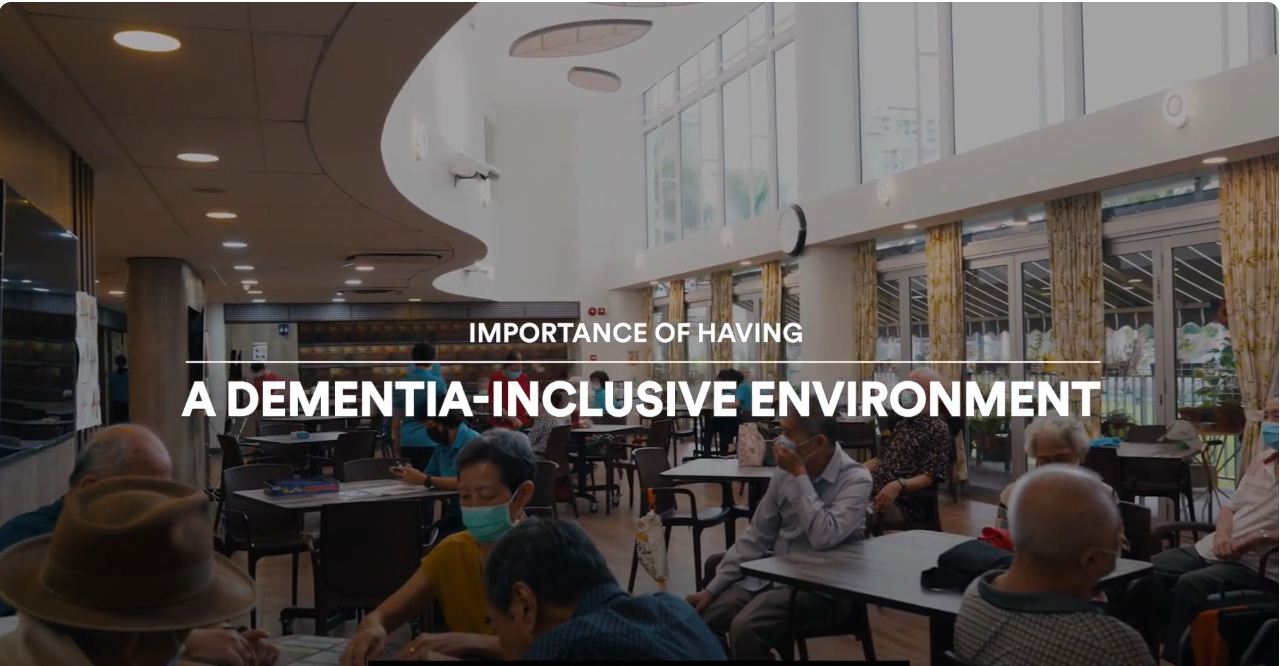
Creating environments with dementia-friendly design principles to enhance cognitive well-being.
Sorry, there are no resource at this time.